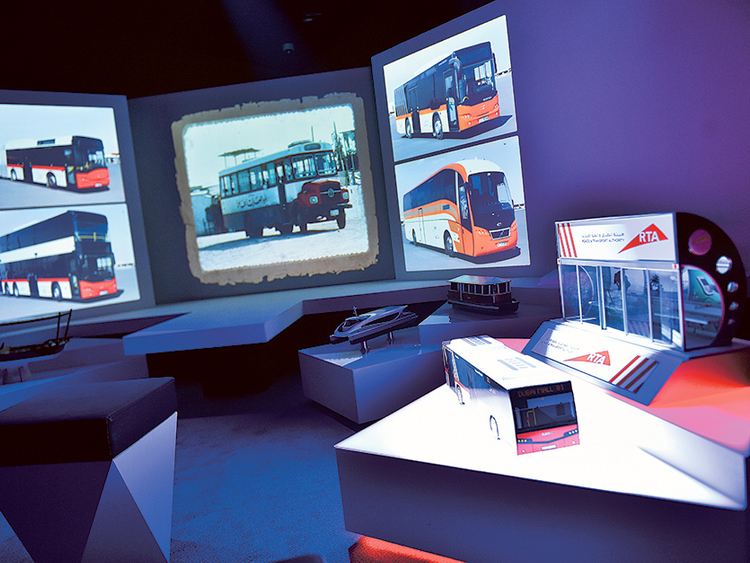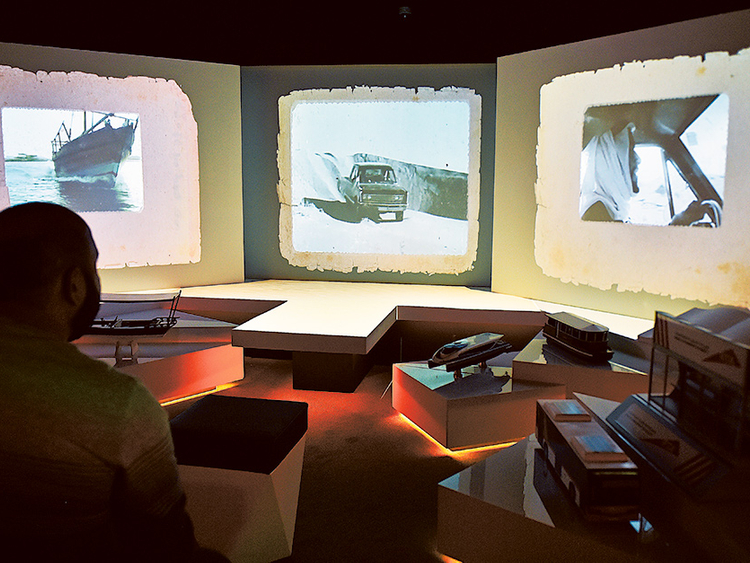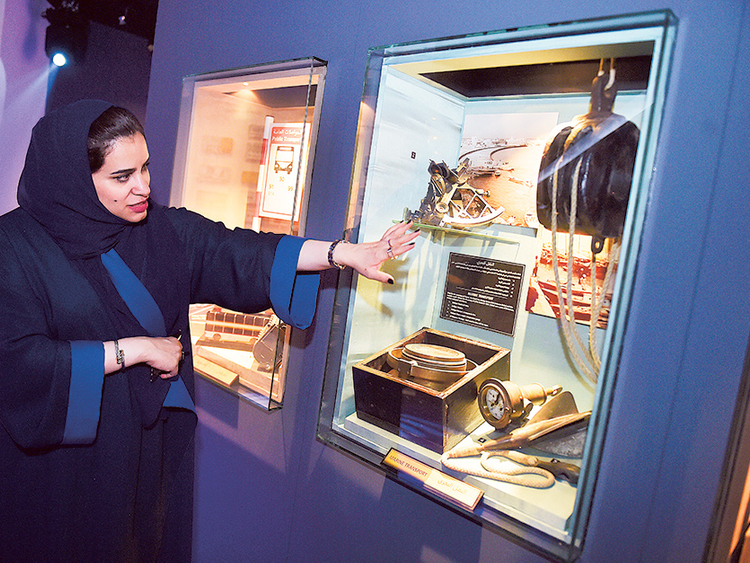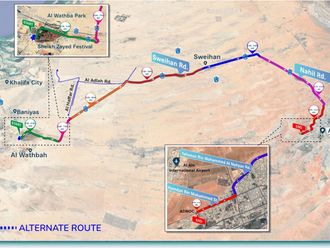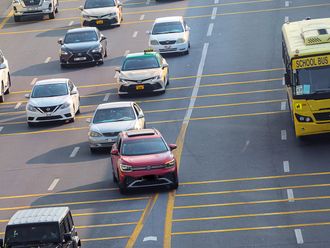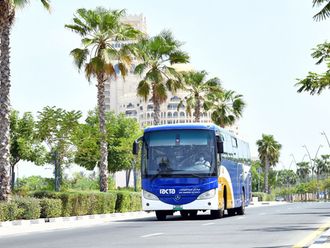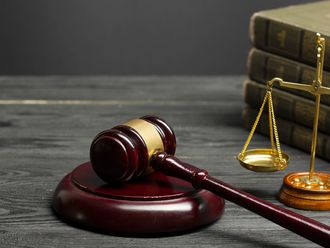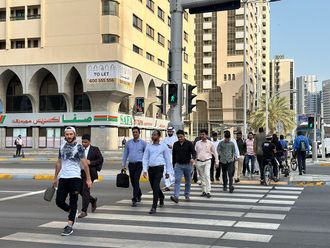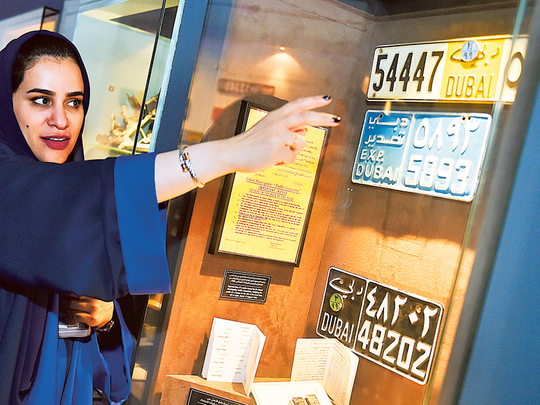
Dubai: Have you ever been to a museum that not only takes you back in history, but also takes you on a ride into the future? The Dubai Transport Museum does just that.
It reflects as much on Dubai’s past as it showcases its present and future.
The Transport Museum, curated by the Roads and Transport Authority (RTA), is unique in more ways than one.
Located on the ground floor of the RTA’s sprawling headquarters in Umm Ramool, the museum takes the visitors through the landmark moments of Dubai’s transport journey.
“Our idea is to document the history of public transport in the city and [the museum] is the first of its kind in the region. This doesn’t just tell the story of transport since the RTA started, rather it tells the story of public transport in Dubai from the mid-20th century all the way to the 21st century,” said Moaza Al Merri, RTA’s Director of Marketing and Corporate Communications, as she took Gulf News on a tour of the museum.
Even as it reveals the story of transport, the museum also gives glimpses of how life in the city evolved through past decades.
“People who have been here for a long time will, when they visit the museum, be able to relate with a lot of these images and artefacts as they present the era they grew up in,” said Al Merri, pointing to images of Shaikh Zayed Road, when it was just a four-lane carriageway or the Clock Tower when it was not surrounded by so many buildings.
Though the museum primarily focuses on evolution of roads and means of transport, some of the plaques on display show how the city went through different phases of development.
As you enter the museum, you are welcomed by a miniature model of a 1931 Land Rover, which competed with camels to be the ships of the desert during the 1930s and 1940s of last century.
The museum is divided into three distinct galleries and corners, each reflecting different aspects of transport development — history, future and the object theatre.
Object theatre
The theatre depicts the story of Dubai’s transformation through a audiovisual medium.
Interactive screens take the visitor on a virtual tour of Dubai’s transport progress, as the object the video refers to lights up.
A documentary narrates Dubai’s history, showing how people coped with the tough living conditions, faced economic hardship and rudimentary transit options.
“Many people know that there was a massive transformation in Dubai over a span of just a few decades but they didn’t know how it happened. The object theatre brings alive those efforts, the difficulties faced and the progress achieved,” said Al Merri.
History
The gallery dedicated to history houses different corners for number plates, driving licences, ticketing systems and uniforms that have evolved over the years.
Some of the driving licences were in the form of booklet in the early days and also on display are old ticket-punching machines.
“We would like to thank the individuals who kept their old licence booklets and donated them to us when we were curating this museum. An old ticketing machine was also given to us by a former employee,” said Al Merri.
There is a corner that also shows how the abra, the oldest form of public transport across Dubai Creek, has evolved.
Moving on in history, the gallery also shows the development of some of the landmark projects like Al Maktoum Bridge, the first crossing on the creek that opened in 1963, as well as Shindagha tunnel and Al Garhoud Bridge which were built in the 1970s.
Stepping into present, visitors can see images and plaques of modern projects like the Business Bay Crossing, Dubai Metro, Dubai Tram and many others.
Visitors are then transported into the future through miniature models and plaques.
“This gallery gives a futuristic perspective of transportation systems through physical models and interactive screens displaying the vision of transportation and the infrastructure of the emirate,” said Al Merri.
Future
The Museum also houses models of future projects of the RTA, such as the Water Canal, which is set to be completed by the end of this year and the eye-catching design of new metro stations that will come up on Route 2020 as well as the Expo 2020 project.
Also on display are projects planned for Dubai up to 2050 along with illuminated plates replicating the anticipated designs of future vehicles such as autonomous vehicles that are currently on trial in Dubai.
An interesting feature of the future gallery is an interactive game that the visitors can play to design future modes of transport powered by non-conventional sources of energy.
Entry to the Transport Museum is free and can be booked through the RTA’s website and is open only for delegations and school groups.
The RTA is planning to open the museum for public viewing in the near future, said Al Merri.


